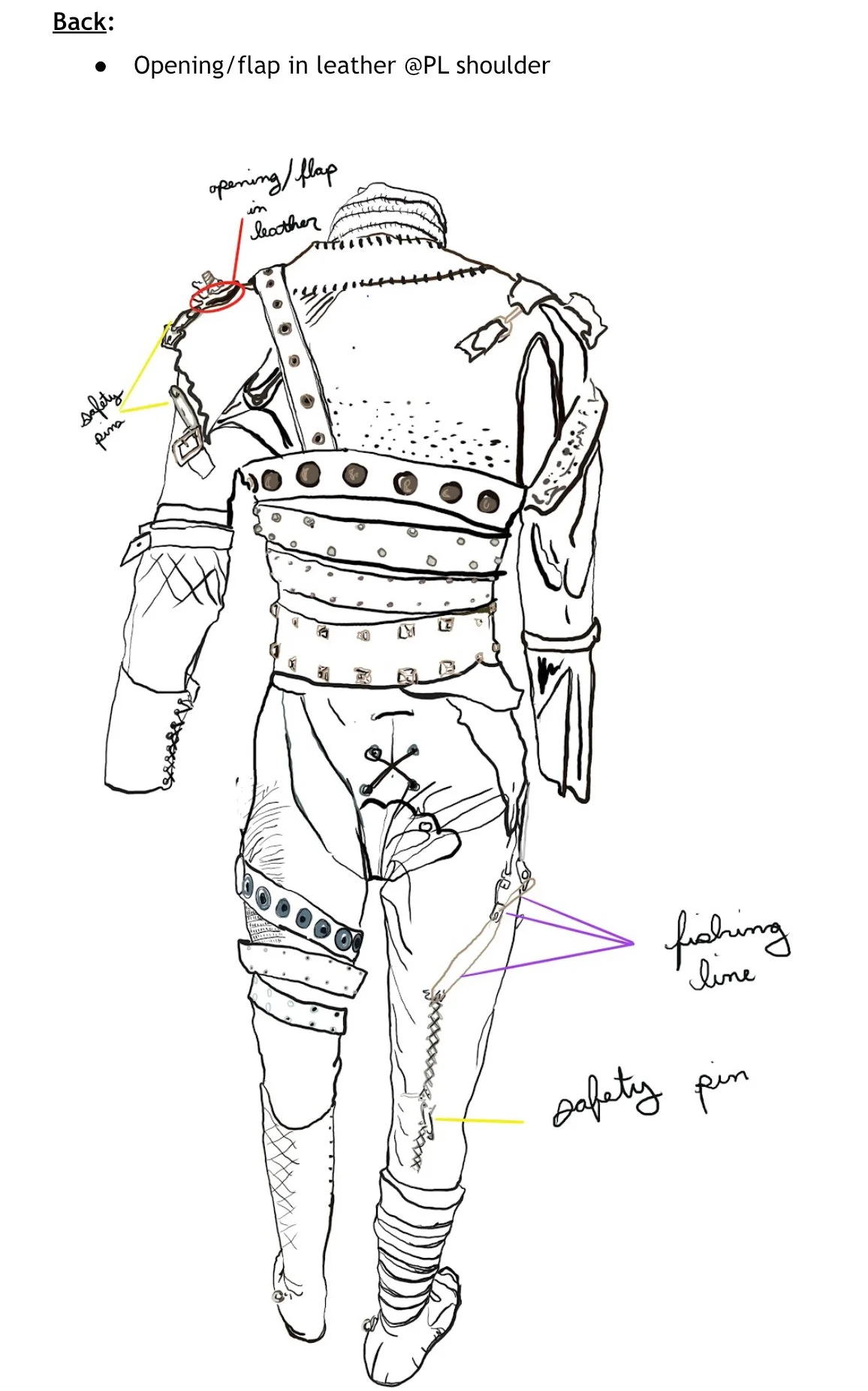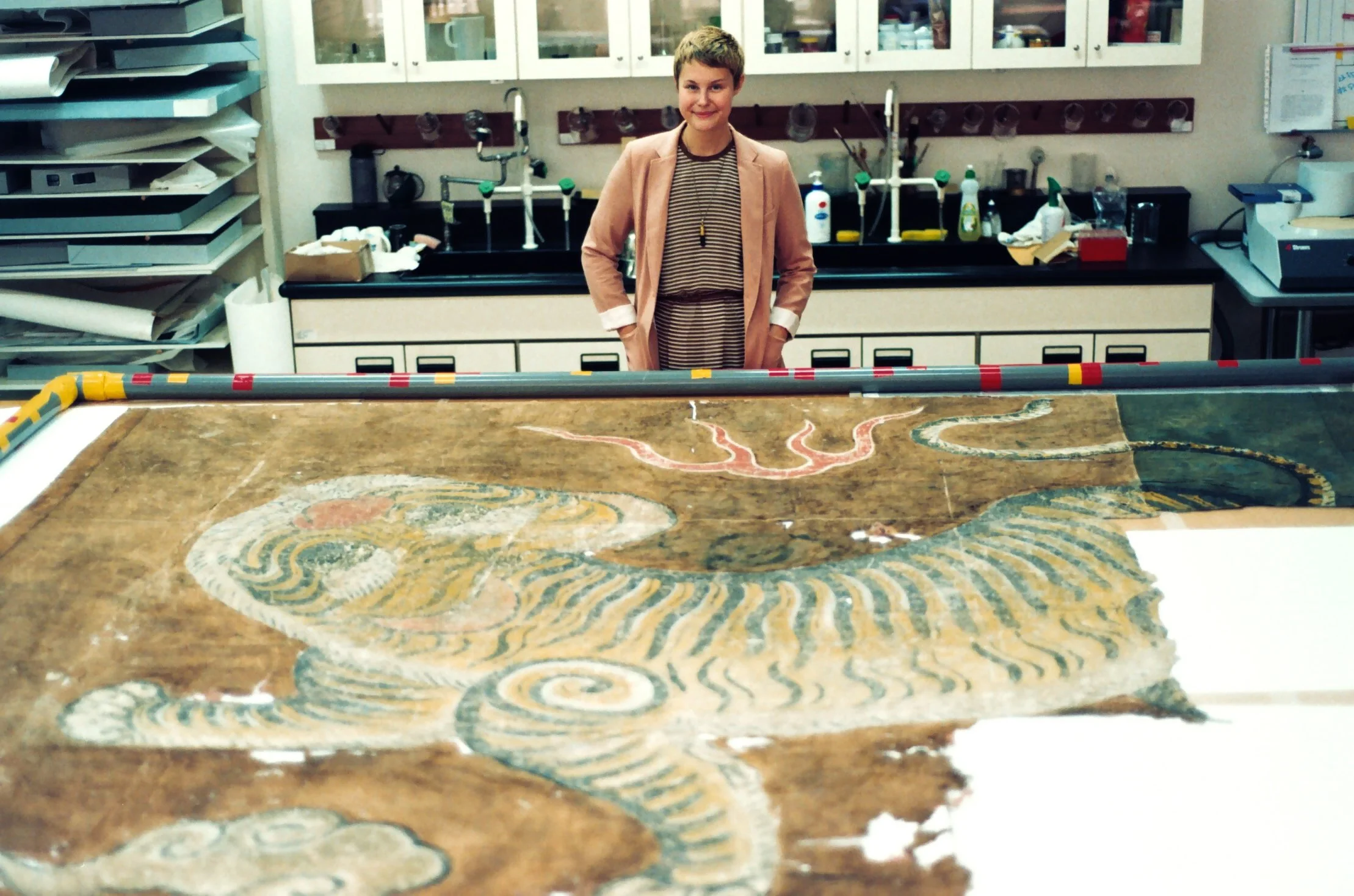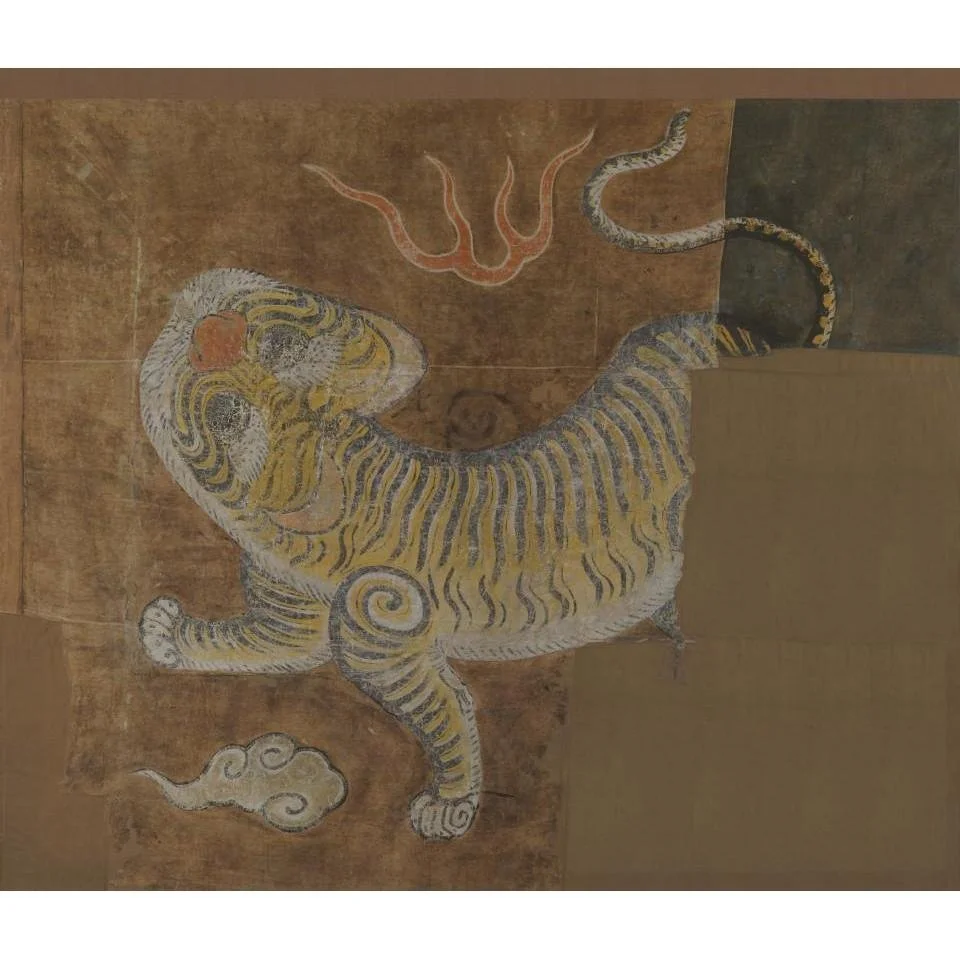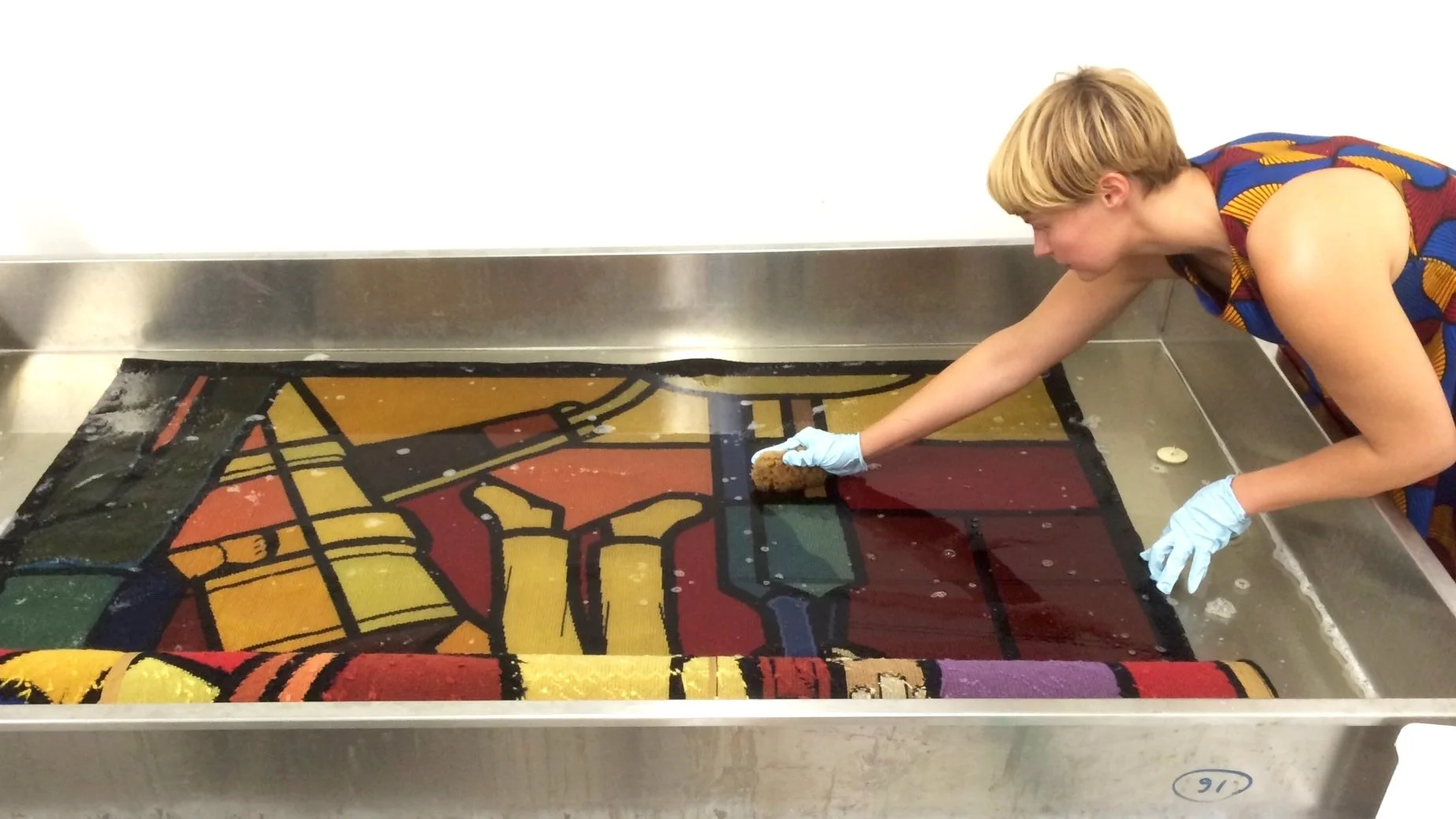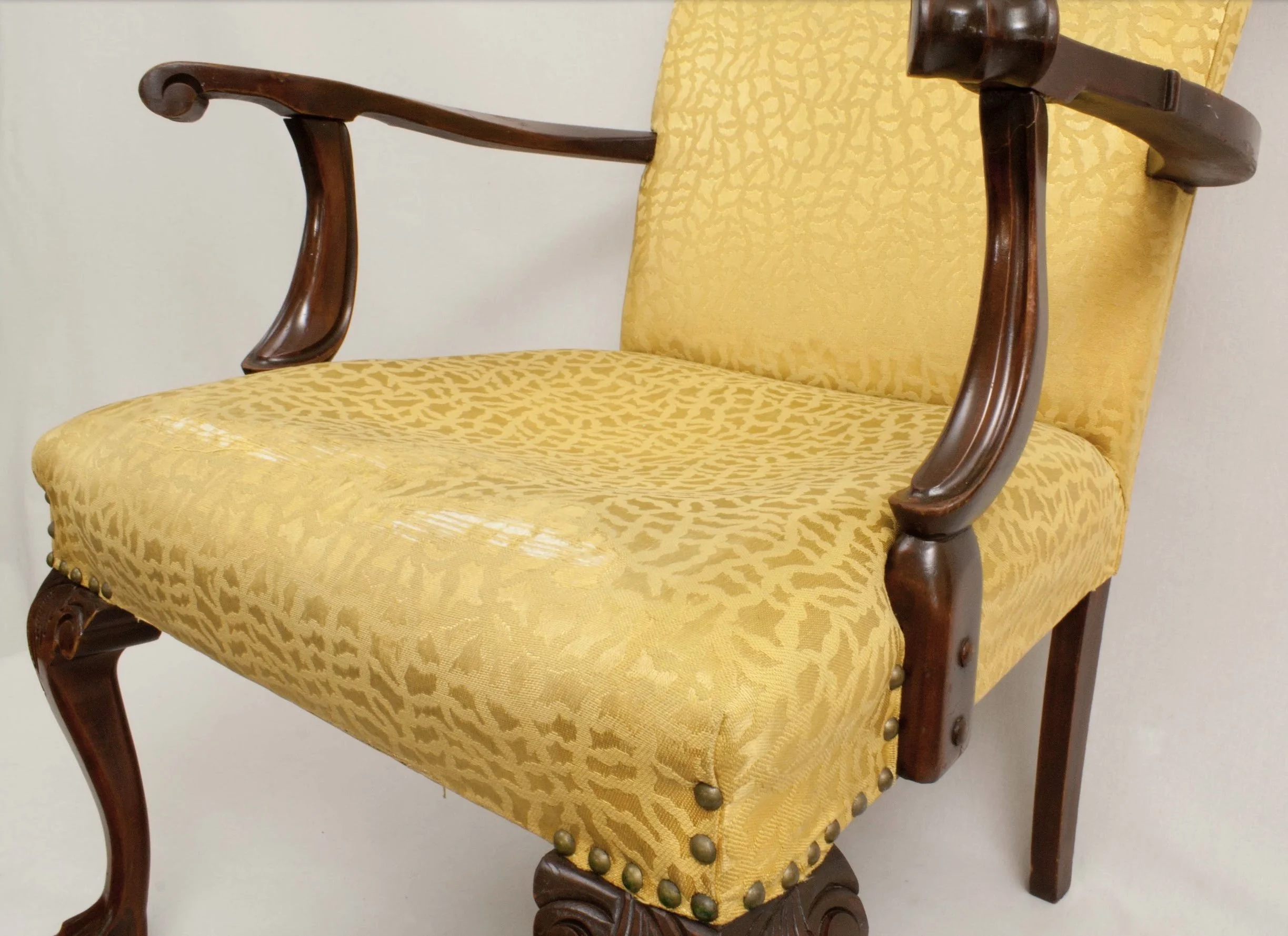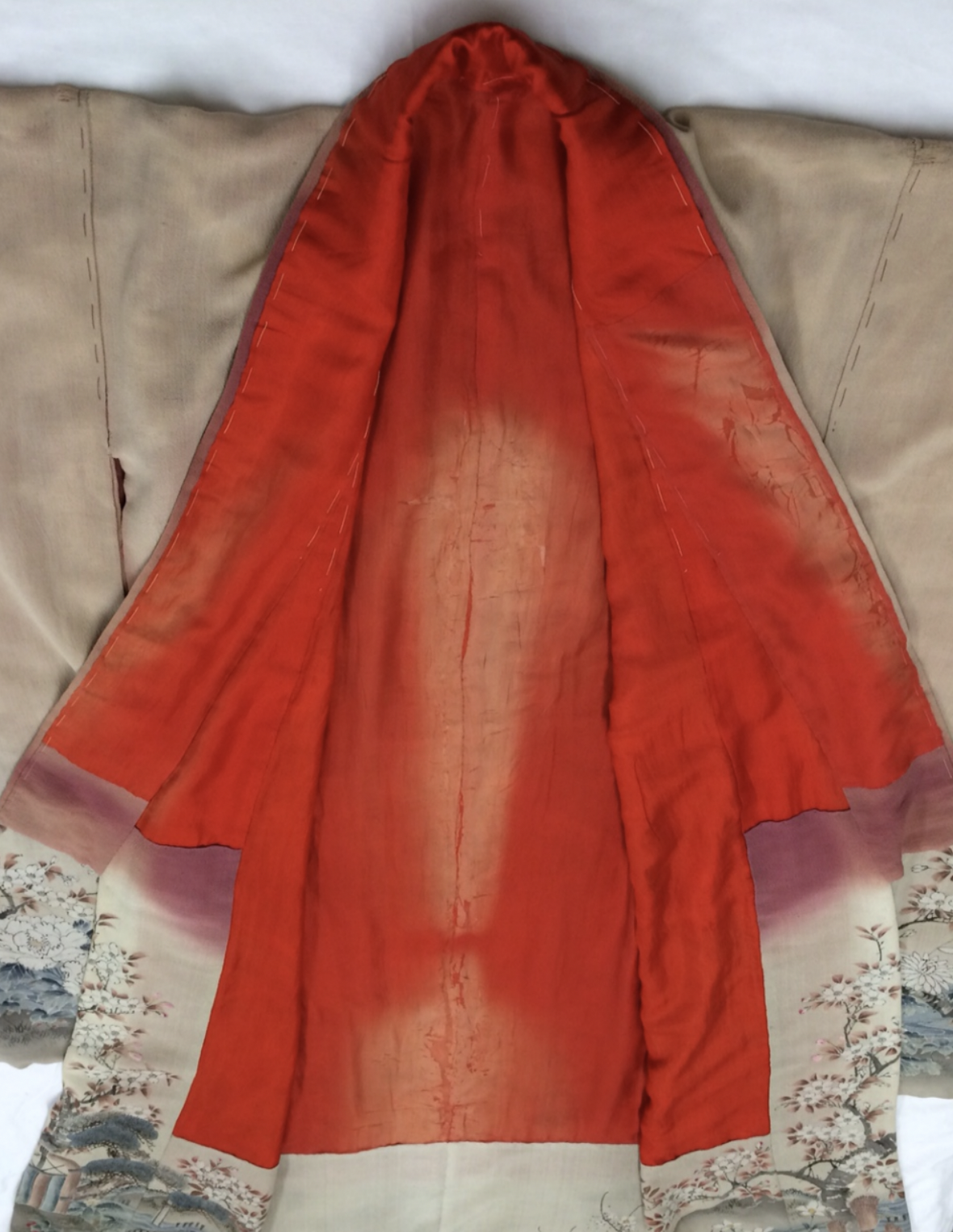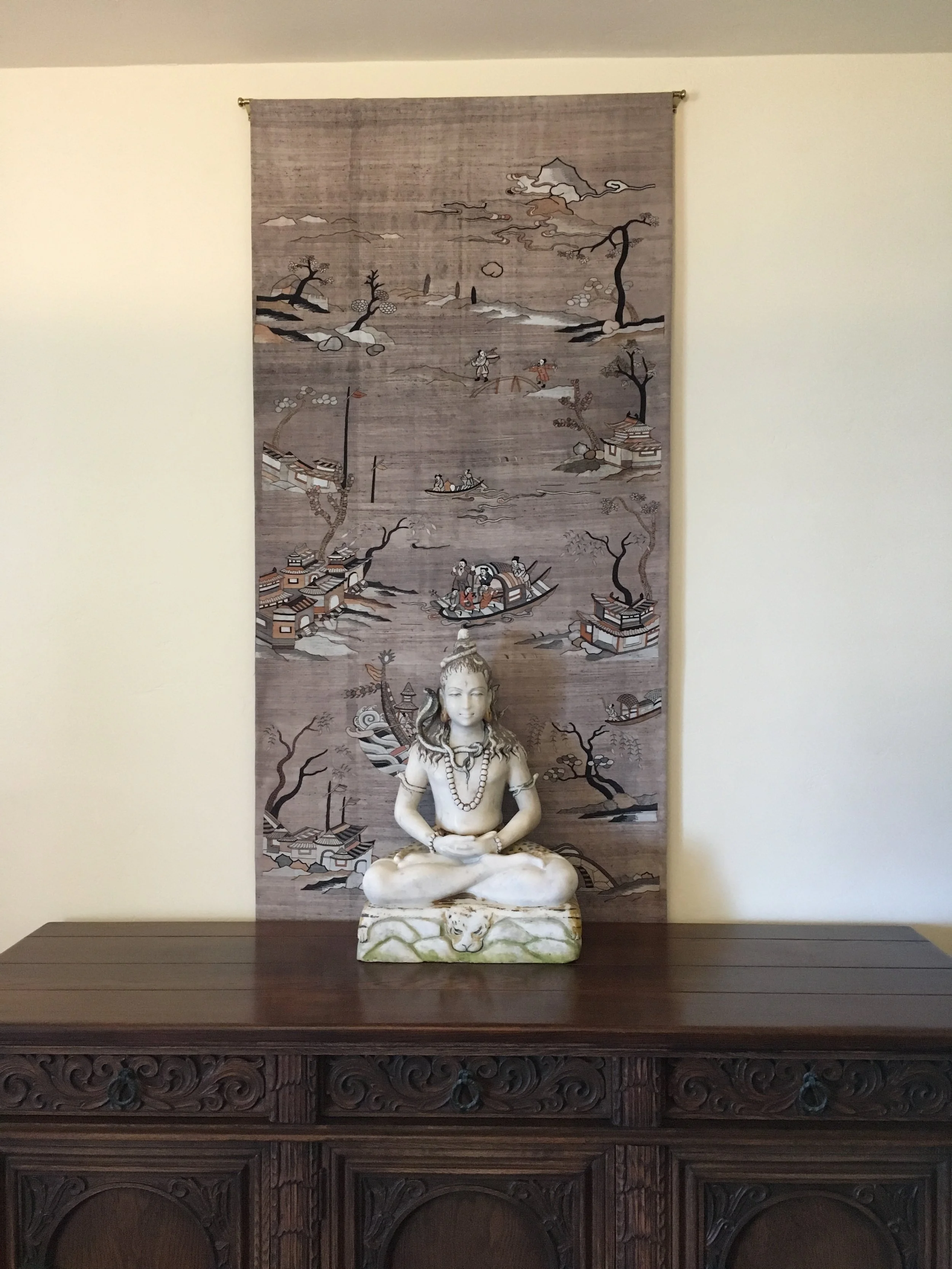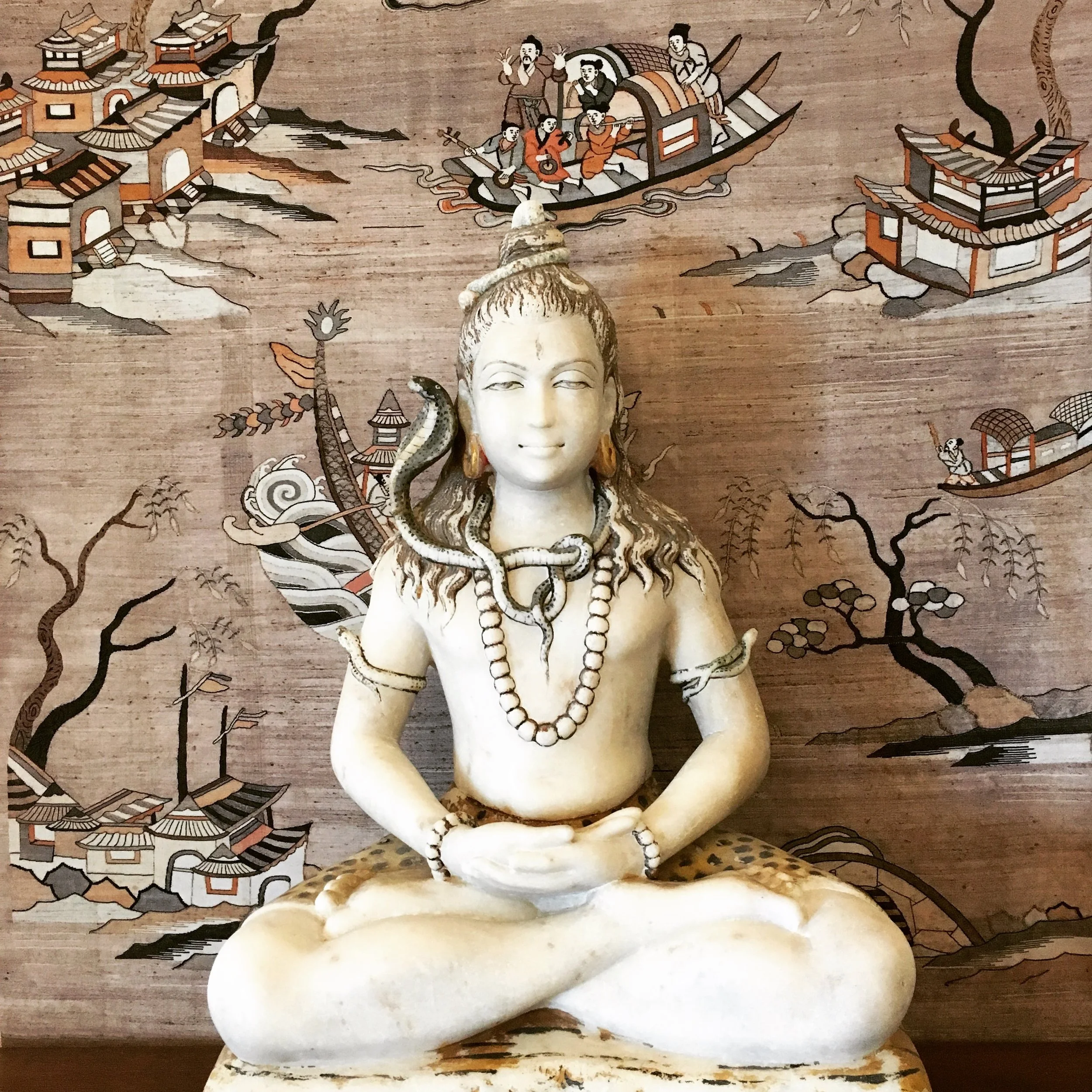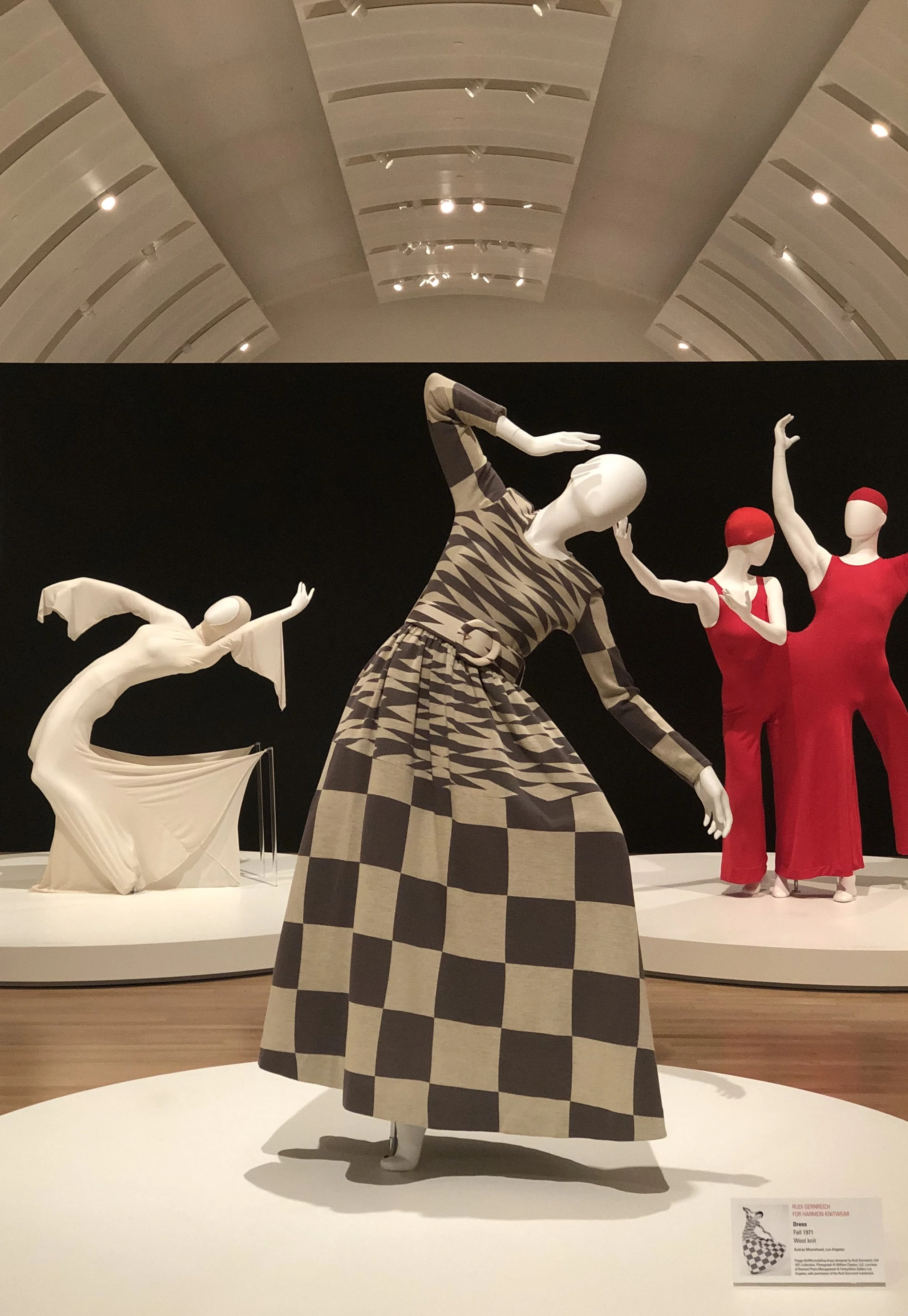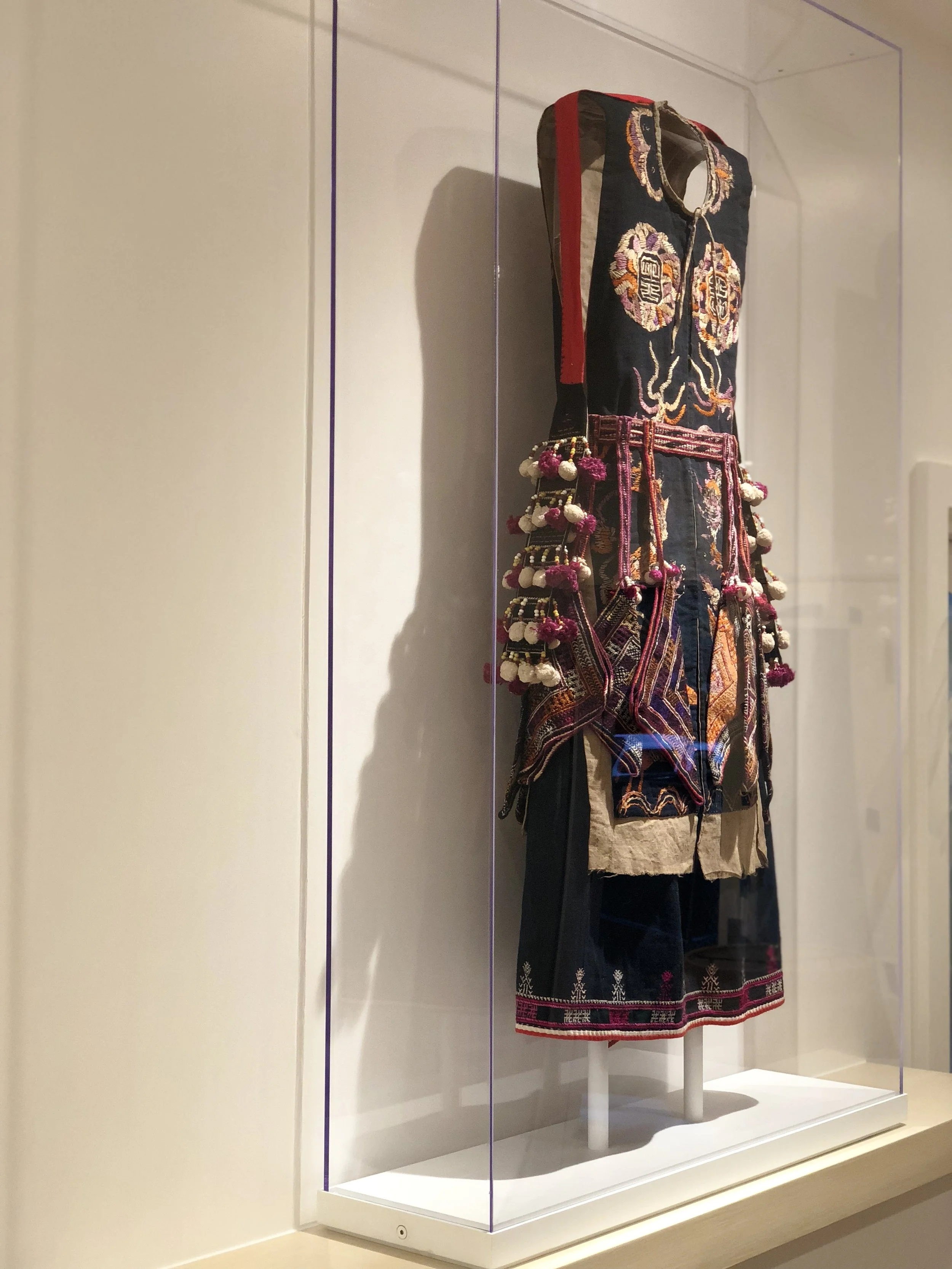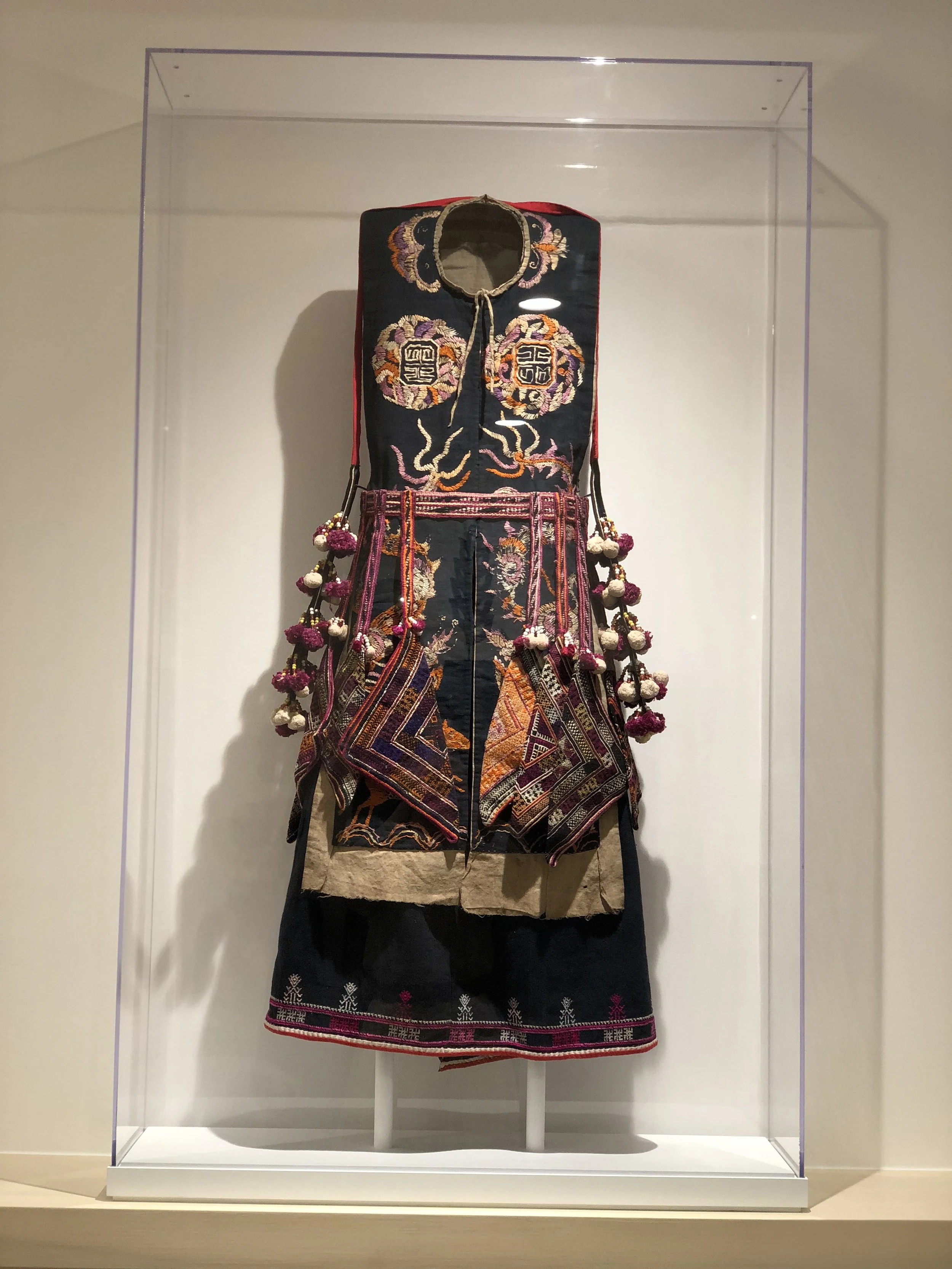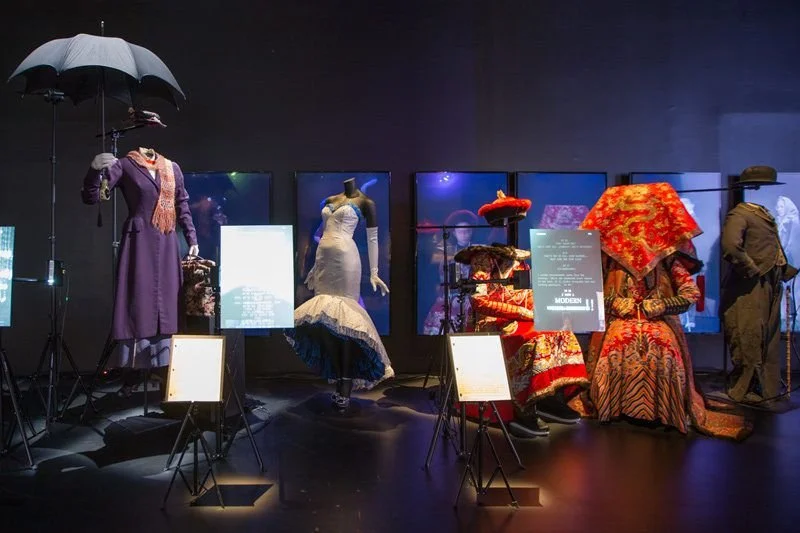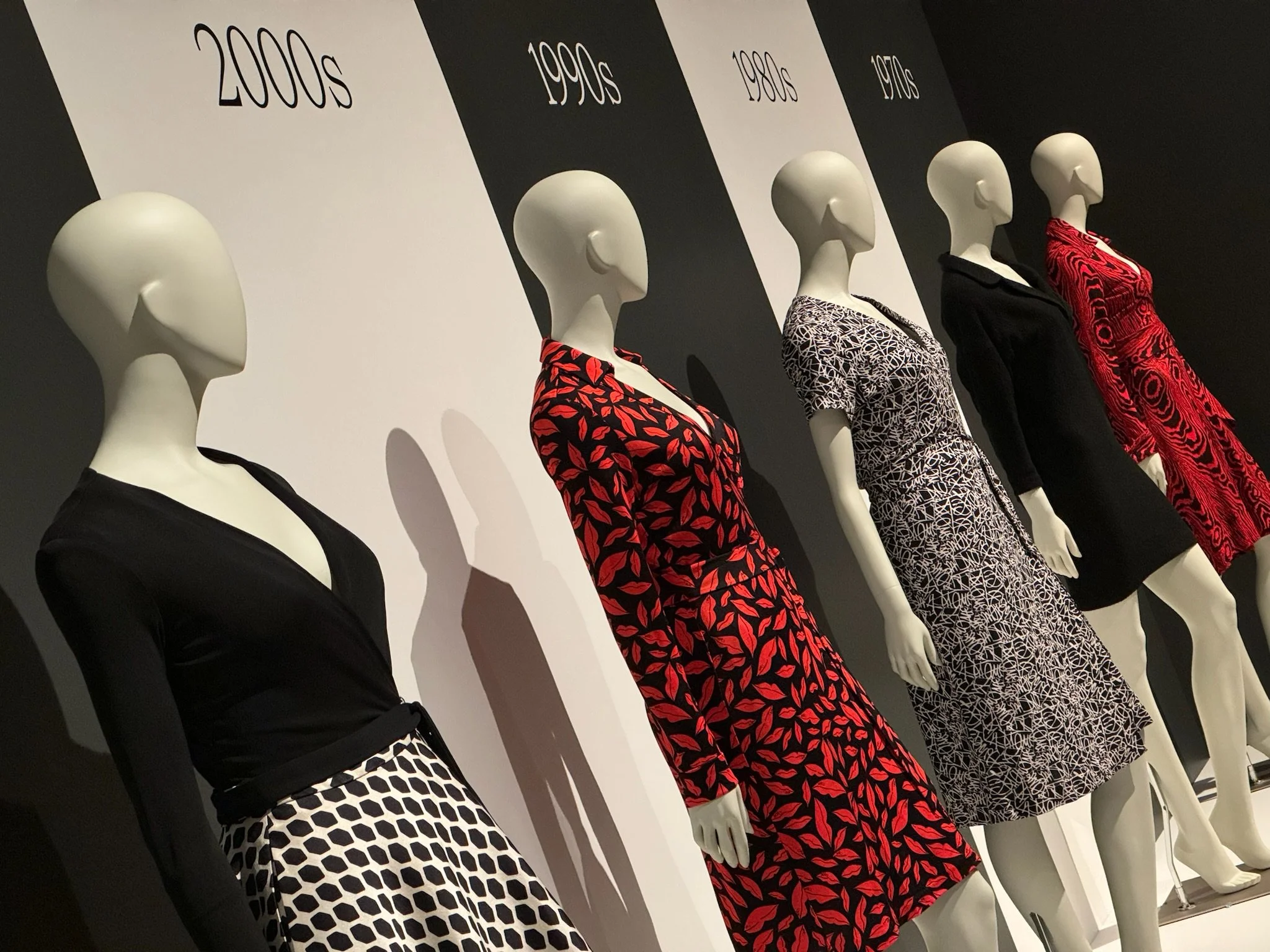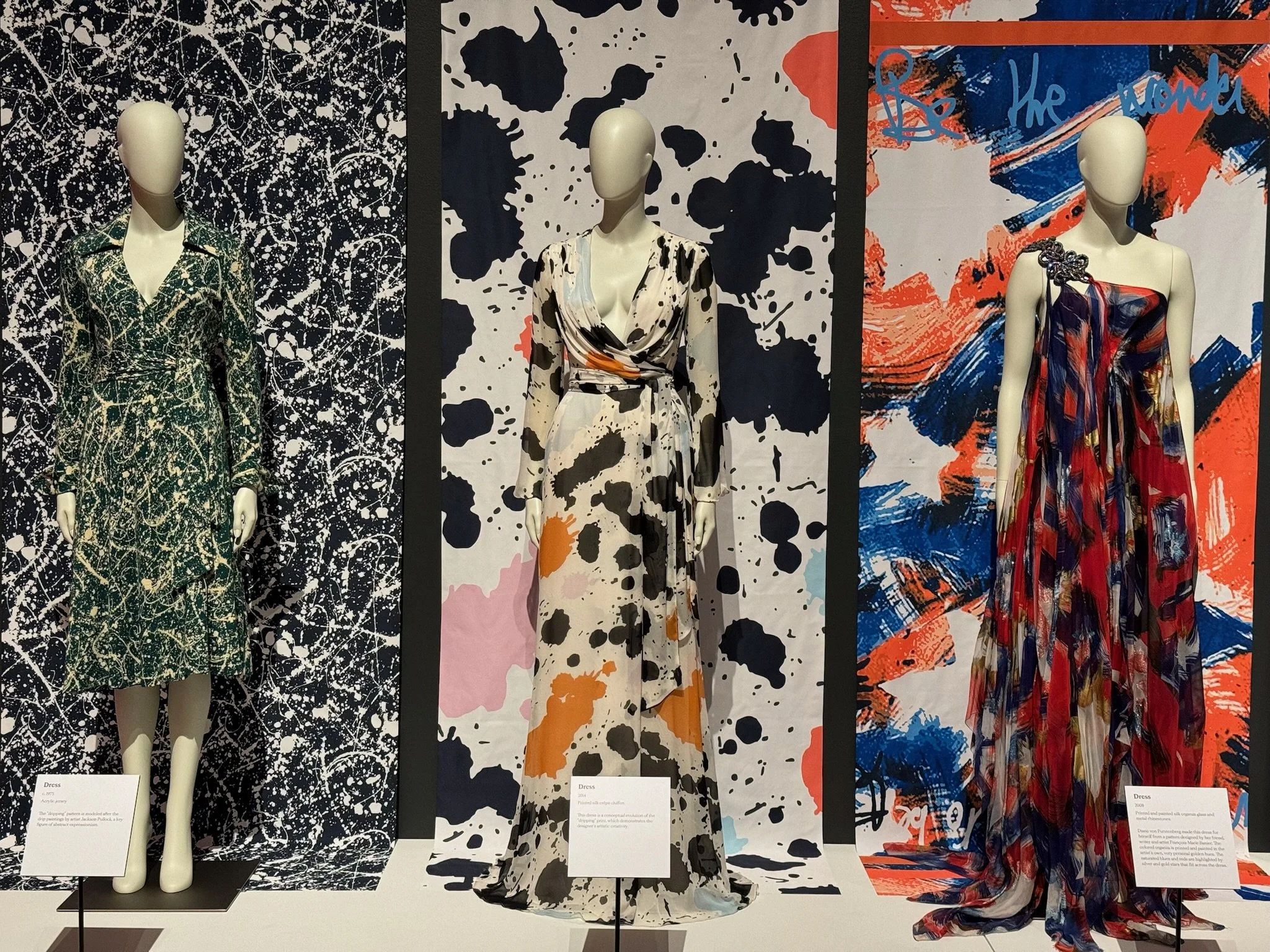Costume and textile conservators are dedicated to preserving the stories and artistry behind garments and textile art for both museums and private clients. Here’s how we can help you:
1. Condition Assessment
Personalized Inspection and Evaluation: We take the time to assess each textile individually, identifying specific areas of damage or deterioration and tailoring our approach to your collection’s unique needs.
Thorough Documentation: We create detailed condition reports and photographic records to help you understand the status of your items over time.
Our Services
2. Conservation Treatment
Costume and textile art conservation focuses on the careful preservation and maintenance of garments and textile objects to ensure their longevity and integrity. This field combines artistic expertise with scientific techniques to address the unique challenges posed by various fabrics and materials.
Conservators conduct detailed assessments to identify issues such as deterioration, stains, and structural damage. Material analysis plays a crucial role in this process, helping conservators understand the composition and properties of textiles, which informs their preservation strategies. They employ various methods to stabilize items and create protective storage solutions, ensuring that the original appearance and historical significance of each piece are maintained while preventing further degradation.
Additionally, conservation includes thorough documentation of each item, covering its history, materials, and any treatments applied. This comprehensive approach not only safeguards individual artifacts but also enhances our understanding of textile history and cultural heritage
Cleaning: Safe, specialized cleaning methods tailored to the materials and conditions of each item.
Stabilization: Support of damaged textiles, including seam repairs, loss compensation, and reinforcement of fragile areas.
Replicas: Use digital printing and pattern-making techniques to replicate textiles and historic costumes that are too deteriorated to exhibit.
Re-housing: Designing and implementing appropriate storage solutions that minimize stress on the materials.
3. Exhibition Services
Costume and textile exhibition and display for museums and private clients involve showcasing garments and textile art in a way that highlights their aesthetic and historical significance. Using custom mannequins is a key aspect of this process, as they can be tailored to reflect the unique characteristics of each piece.
Custom mannequins are designed to accurately represent the original fit and silhouette of the garments, ensuring that they are displayed in a way that honors their craftsmanship. These mannequins can be crafted to accommodate specific sizes, styles, and periods, providing a more authentic presentation.
In exhibitions, careful consideration is given to factors such as lighting, positioning, and the surrounding environment to enhance the viewer's experience. Additionally, conservation principles are applied to protect the textiles from environmental damage, using archival materials and techniques to minimize wear and tear.
For private clients, bespoke displays can be created to suit individual preferences and home aesthetics, allowing collectors to showcase their treasures in a personal and impactful manner. Overall, the combination of thoughtful exhibition design and custom mannequins elevates the presentation of costume and textile art, making it both visually engaging and respectful of the items’ historical value.
Custom Mannequin Creation: Designing custom mannequins to accurately represent the fit and silhouette of garments for exhibition.
Display Design: Creating engaging and educational exhibition layouts that enhance the viewer's experience while protecting the items.
Lighting and Environmental Control: Advising on optimal lighting and environmental conditions to prevent damage during exhibitions.
4. Archival Storage Solutions
Archival storage solutions for costume and textile collections are essential for preserving the integrity and longevity of these delicate items. These solutions are designed to protect textiles from environmental factors such as light, humidity, temperature fluctuations, and physical damage.
Specialized Storage Materials:
Archival-quality materials, such as acid-free boxes, tissue paper, and polyester sleeves, are used to prevent chemical degradation. These materials are non-toxic and help minimize the risk of staining or discoloration.Controlled Environment:
Storage areas should maintain stable temperature and humidity levels, ideally around 65°F (18°C) and 45-55% relative humidity. This reduces the risk of mold growth and fabric degradation.Proper Folding and Hanging Techniques:
Costumes and textiles are stored using methods that reduce stress on the fibers. For items that can be hung, padded hangers are used to avoid distortion. Flat items are carefully folded with acid-free tissue to prevent creases and damage.Custom Containers:
Custom-designed storage solutions, such as archival boxes and padded hangers, are tailored to fit specific garments, providing optimal support and protection.Inventory and Documentation:
Maintaining a detailed inventory and condition report for each item helps track their history and condition over time. This documentation is crucial for conservation planning and future exhibitions.Regular Monitoring:
Periodic assessments of the storage environment and the condition of the textiles are conducted to identify any potential issues early on.By implementing these archival storage solutions, conservators can ensure that costume and textile collections remain in excellent condition, preserving their cultural and historical significance for future generations.
5. Consultation and Education
Collection Care Training: Workshops and training sessions for museum staff and private collectors on best practices for textile care.
Research and Documentation Support: Assistance with researching the history and provenance of textile collections, as well as creating detailed records.
6. Transportation and Logistics
Safe Transport Solutions: Planning and executing safe transportation of textiles for exhibitions or to conservation studios, ensuring items are well-protected during transit.
7. Preventive Conservation
Risk Assessment: Evaluating potential risks to collections and developing strategies to mitigate them.
Monitoring Programs: Establishing regular monitoring of collections to track environmental conditions and the condition of items.
8. Exhibition Planning and Installation
Curatorial Support: Collaborating with curators to plan exhibitions that highlight the significance of textile collections.
Installation Services: Hands-on assistance during the installation of exhibitions to ensure proper handling and display of items.
By offering these comprehensive solutions, costume and textile conservators play a vital role in the preservation and appreciation of cultural heritage, ensuring that collections can be enjoyed by future generations.


